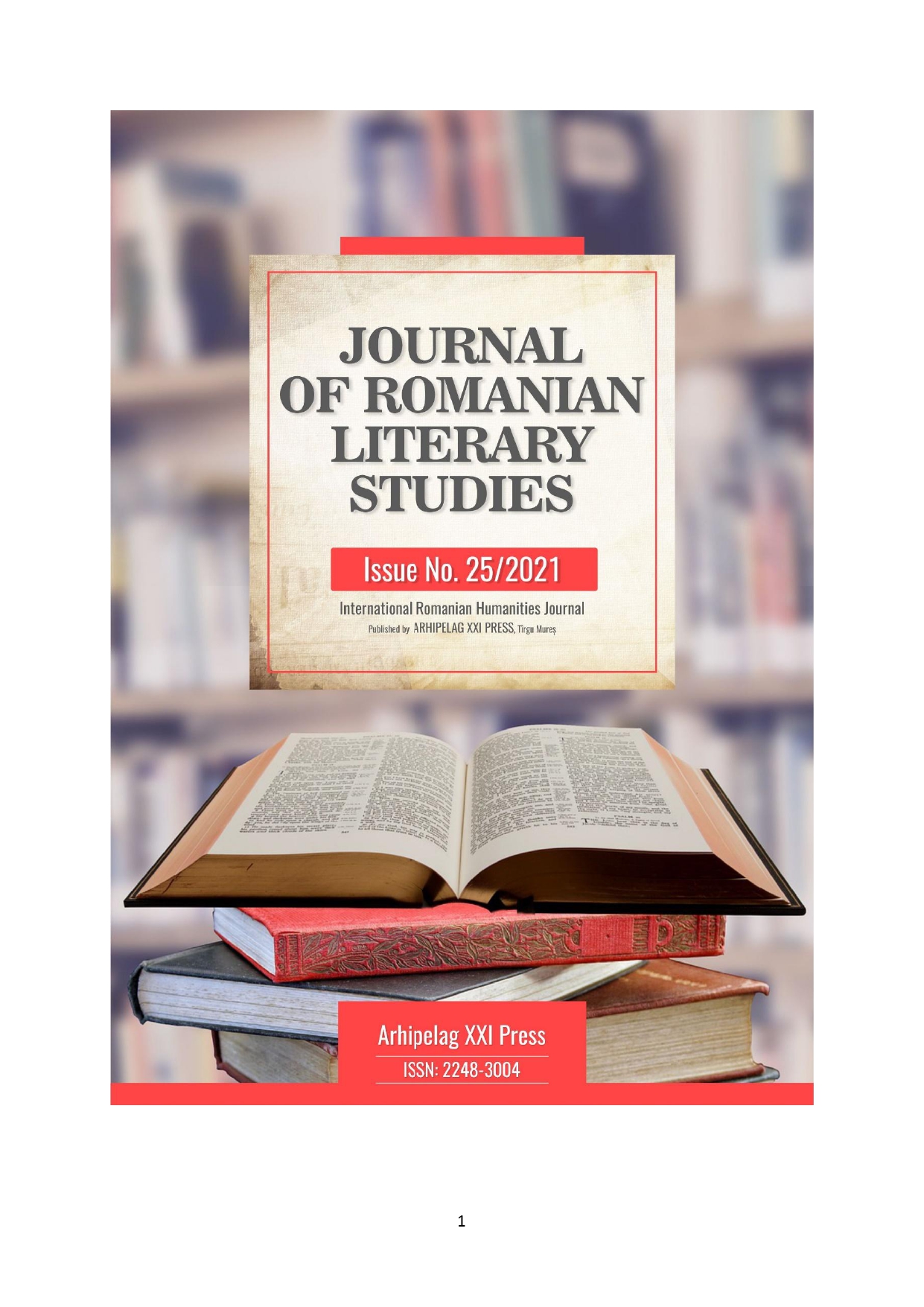THE OBSERVER EFFECT: TSEPENEAG’S VAIN ART OF THE FUGUE AND THE ILLUSION OF MOVEMENT, THE ILLUSION OF SELF
THE OBSERVER EFFECT: TSEPENEAG’S VAIN ART OF THE FUGUE AND THE ILLUSION OF MOVEMENT, THE ILLUSION OF SELF
(The Observer Effect: Vain Art of the Fugue)
Author(s): Daniel HUNTSubject(s): Literary Texts, Romanian Literature, Philology, Theory of Literature
Published by: Editura Arhipelag XXI
Keywords: Postmodernism; Post-structuralism; Derrida; Saussure; Language;
Summary/Abstract: As Schrodinger’s Cat proved the absurdity of the oversimplification of quantum states by early quantum theorists, Dumitru Tsepeneag’s Vain Art of the Fugue attempts to prove the absurdity of realist writers attempting to measure reality through language (through the disguise of the conventions of narrative). Tsepeneag, instead, calls attention to this absurdity by constructing a text that eschews any and all such conventions. He attempts to illustrate the impossibility of constructing or “measuring” reality through narrative discourse, through language. Similar to Derrida’s concept of plural dimension thought, he rejects any linear movement and the concept of a unified, stable self. In this way, the structure of the text relies not on linearity but on repetition—just like the structure of a fugue—and instead of a single, unified subjectivity, the text presents a subjectivity that constantly changes—just like the multiple voices that form a fugue. Tsepeneag shows us how the observer of reality—the author of “realist” texts—will always alter the system they are observing, because the instrument of measurement—language—cannot accurately measure a reality that is more complex than the instrument itself and more chaotic than any observer can ever hope to bear witness.
Journal: Journal of Romanian Literary Studies
- Issue Year: 2021
- Issue No: 25
- Page Range: 23-34
- Page Count: 12
- Language: English

